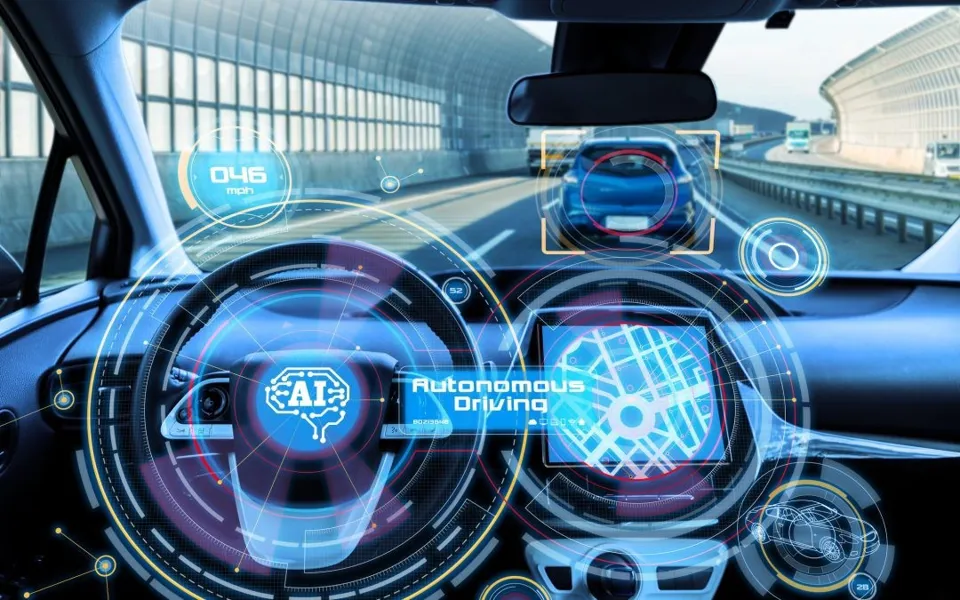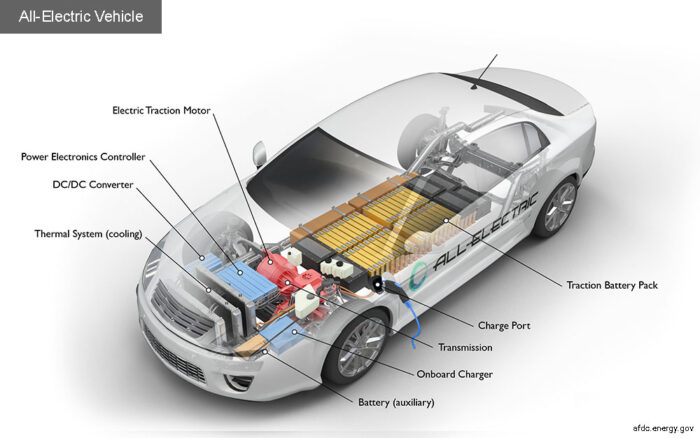The automotive industry has always been a hotbed of innovation, and recent advancements are nothing short of revolutionary. From electrification and autonomous driving to cutting-edge infotainment systems, the modern car is becoming a sophisticated tech marvel on wheels. Let’s delve into the latest automotive technologies and infotainment systems transforming our driving experience.

Electrification: Driving the Future
Electric vehicles (EVs) are no longer a novelty but a significant part of the automotive landscape. Companies like Tesla, Nissan, and Chevrolet are leading the charge with models like the Model S, Leaf, and Bolt, respectively. These vehicles are equipped with advanced battery technologies, offering longer ranges and faster charging times. Solid-state batteries are on the horizon, promising even greater energy density and safety compared to traditional lithium-ion batteries.
Governments worldwide are pushing for greener transportation, offering incentives for EV buyers and investing in charging infrastructure. This shift is not just about reducing emissions but also about enhancing performance. Electric motors provide instant torque, resulting in quicker acceleration and a smoother driving experience.
Autonomous Driving: The Road to Self-Driving Cars
Autonomous driving technology is progressing rapidly, with companies like Waymo, Uber, and traditional automakers investing heavily in this field. Levels of autonomy range from Level 1 (driver assistance) to Level 5 (full automation), with many current vehicles offering Level 2 or 3 capabilities, including features like adaptive cruise control, lane-keeping assist, and traffic jam assist.
Tesla’s Autopilot and Full Self-Driving (FSD) systems are among the most talked-about, but other manufacturers like Mercedes-Benz, BMW, and Audi are also making significant strides. These systems rely on a combination of sensors, cameras, radar, and advanced algorithms to navigate and make decisions on the road.

Infotainment Systems: The Digital Cockpit
Modern cars are transforming into digital hubs with state-of-the-art infotainment systems. These systems offer a range of features designed to enhance convenience, entertainment, and connectivity.
Touchscreens and Voice Control
Large, high-resolution touchscreens are becoming standard, replacing traditional buttons and knobs. These screens offer intuitive interfaces, much like smartphones, and provide access to navigation, climate control, and entertainment options. Voice control, powered by AI assistants like Amazon Alexa, Google Assistant, and Apple’s Siri, allows drivers to operate these systems hands-free, enhancing safety and convenience.
Connectivity and Apps
Cars are increasingly connected, offering 4G and 5G capabilities. This connectivity supports over-the-air updates, enabling manufacturers to roll out new features and improvements without requiring a visit to the dealership. Integration with smartphone ecosystems through Apple CarPlay and Android Auto allows seamless access to apps, music, and contacts.
Augmented Reality and Advanced Displays
Augmented Reality (AR) is making its way into automotive displays, providing drivers with critical information projected onto the windshield or a dedicated screen. This can include navigation directions, speed, and alerts about potential hazards, allowing drivers to keep their eyes on the road.
Advanced Driver-Assistance Systems (ADAS)
ADAS technologies are enhancing safety and convenience. Features like automatic emergency braking, blind-spot detection, and parking assistance are becoming standard in many vehicles. These systems use a combination of cameras, radar, and sensors to monitor the vehicle’s surroundings and assist the driver in avoiding accidents.

Night Vision and Driver Monitoring
Night vision systems use infrared sensors to detect pedestrians, animals, and other obstacles in low-light conditions, displaying the information on the dashboard or heads-up display. Driver monitoring systems track the driver’s attention and alertness, providing warnings or taking corrective actions if signs of drowsiness or distraction are detected.
The Future: Seamless Integration and Customization
As technology advances, the integration of various systems will become more seamless, creating a more cohesive driving experience. Customization options will allow drivers to personalize their car’s interface and functionalities, making each journey more enjoyable and tailored to their preferences.
In conclusion, the automotive industry is on the cusp of a technological renaissance. The convergence of electrification, autonomous driving, and advanced infotainment systems is transforming vehicles into high-tech marvels, enhancing safety, convenience, and enjoyment for drivers and passengers alike. The road ahead is undoubtedly exciting, promising a future where our cars are not just modes of transport but intelligent companions on our journeys.
